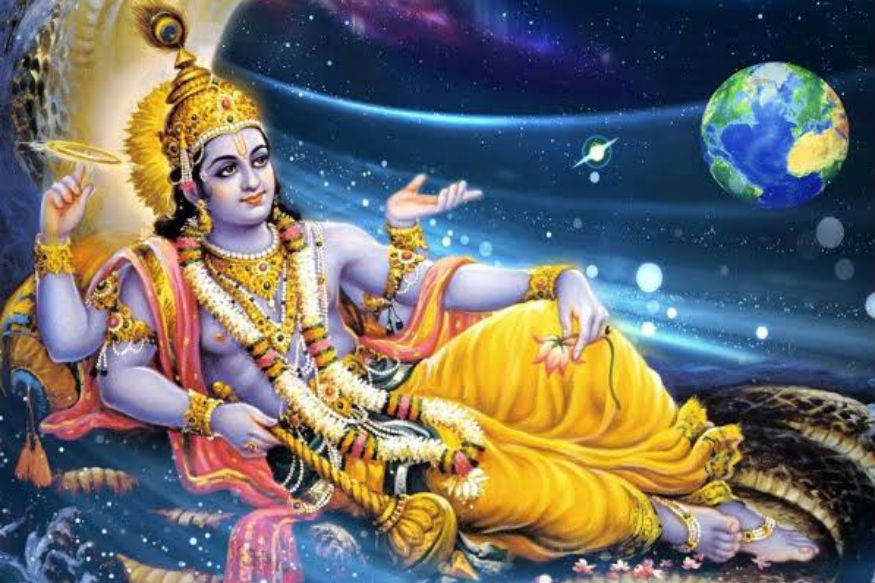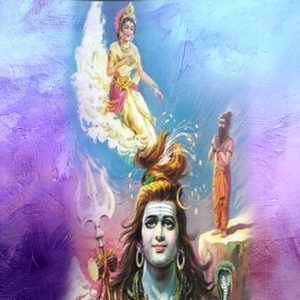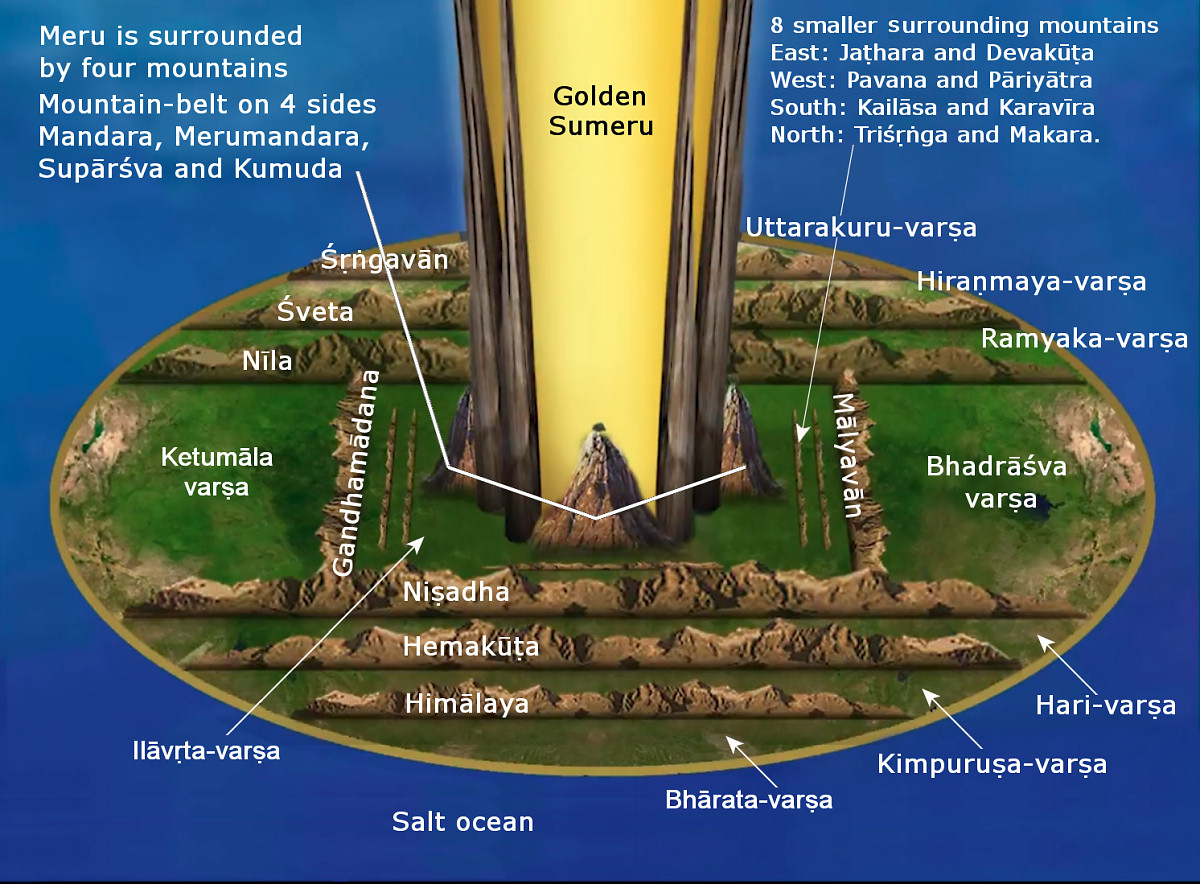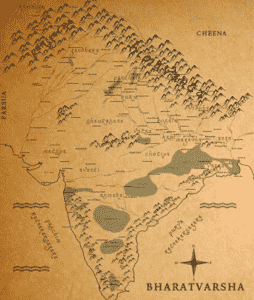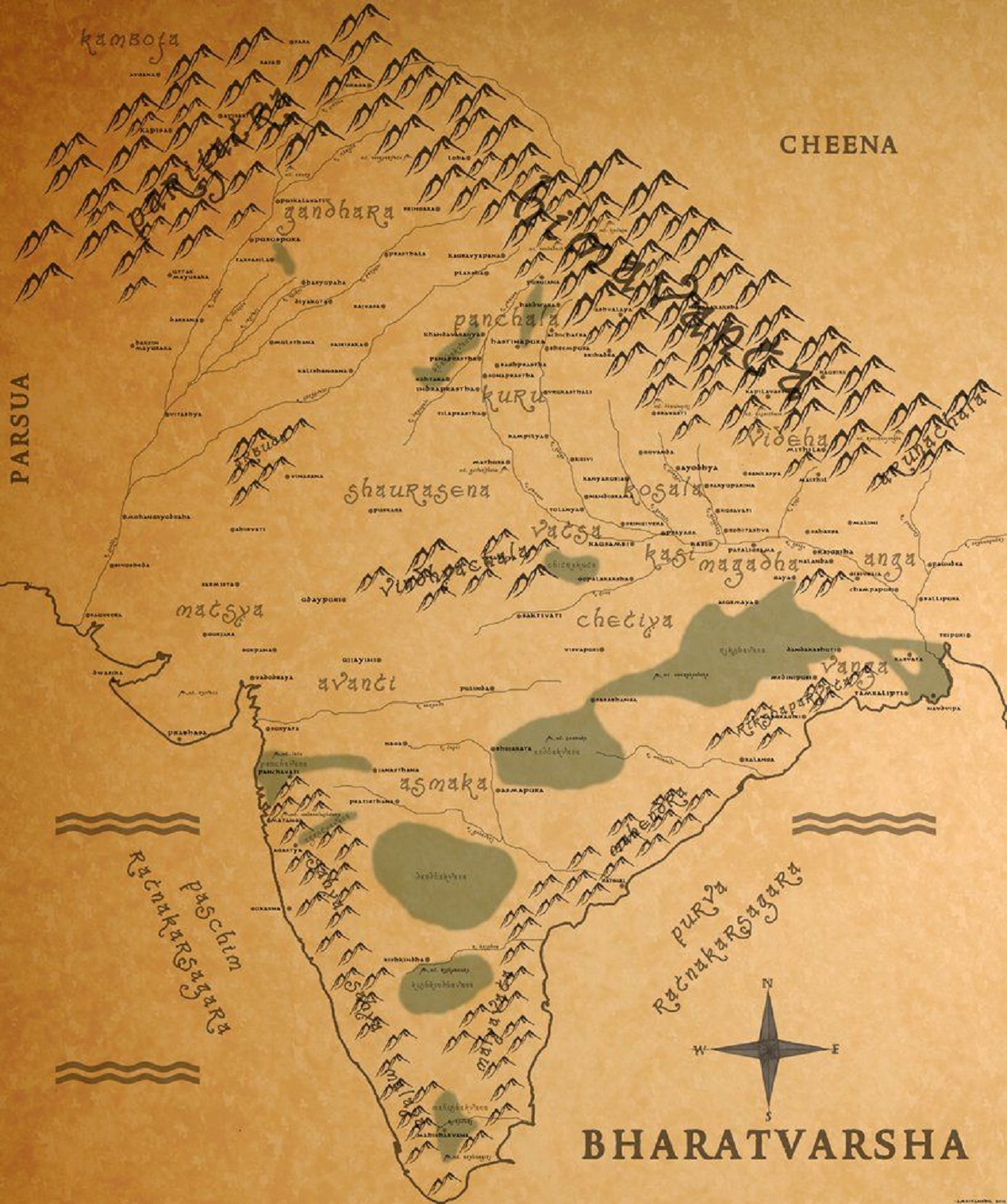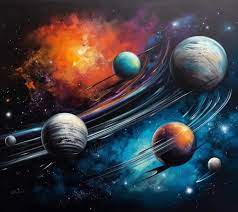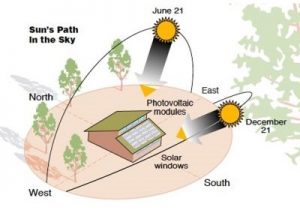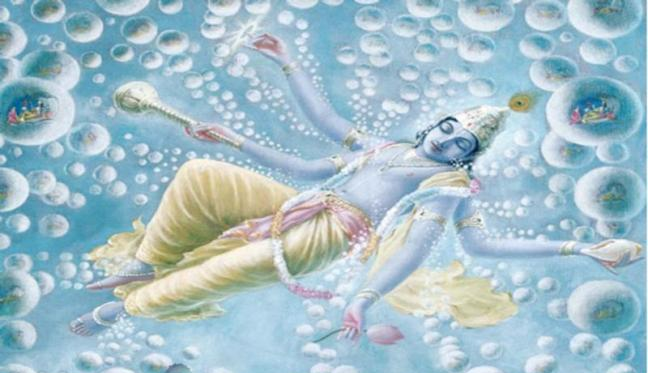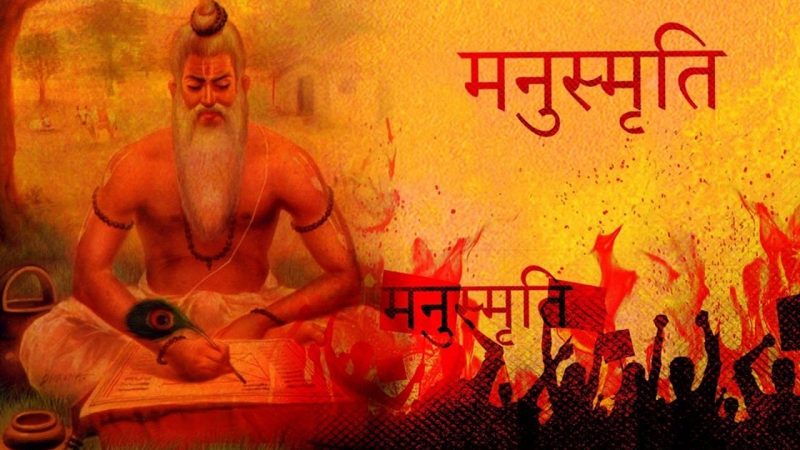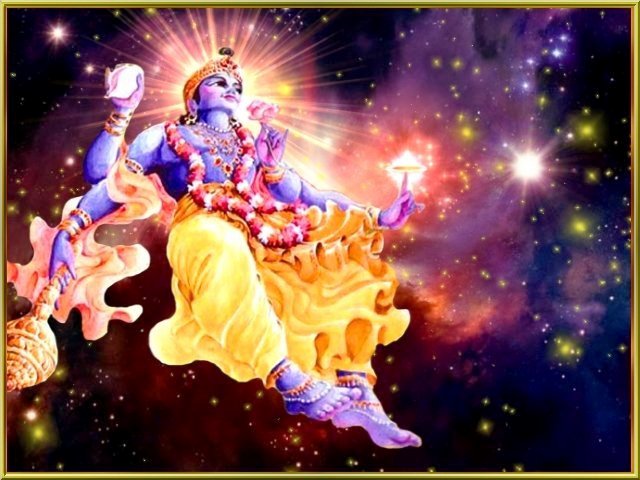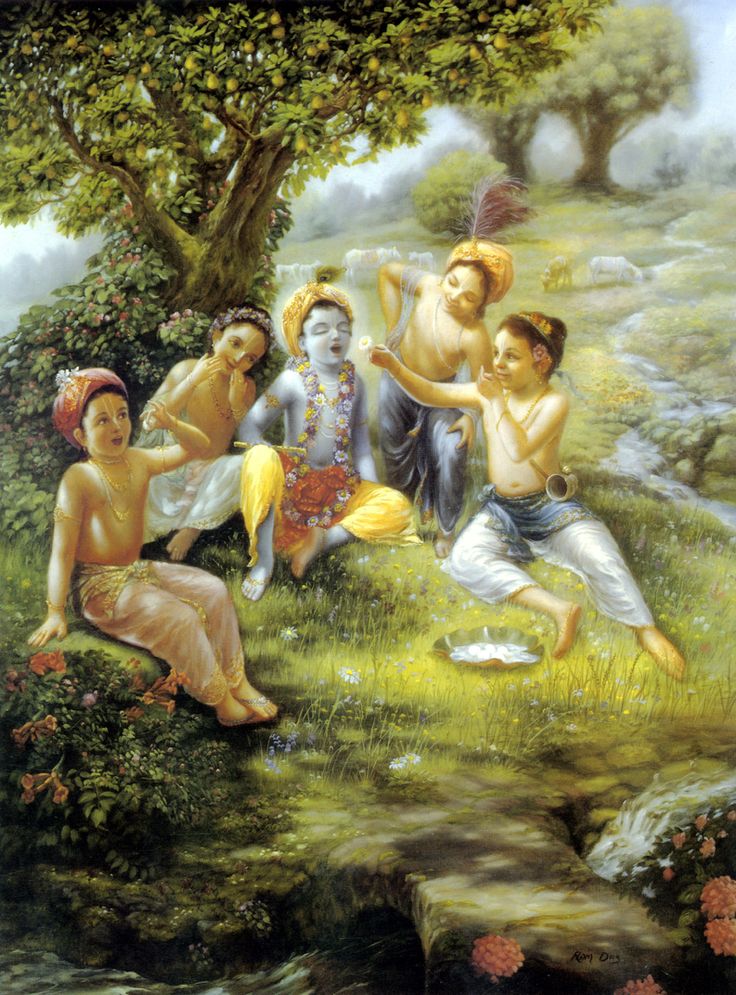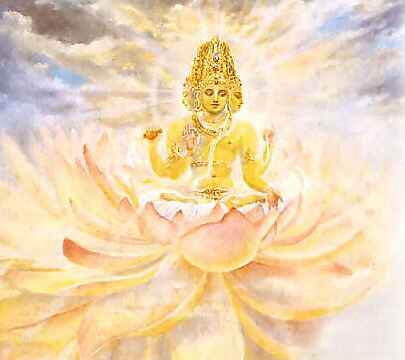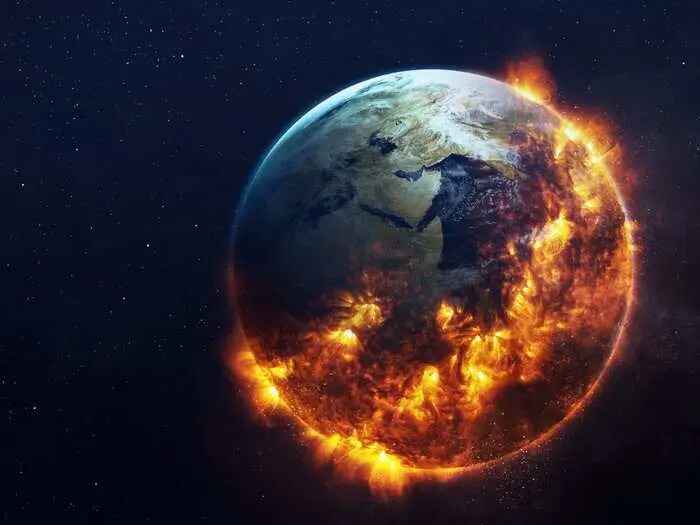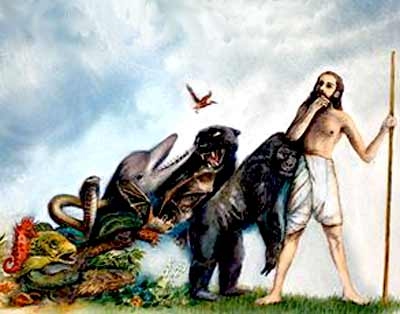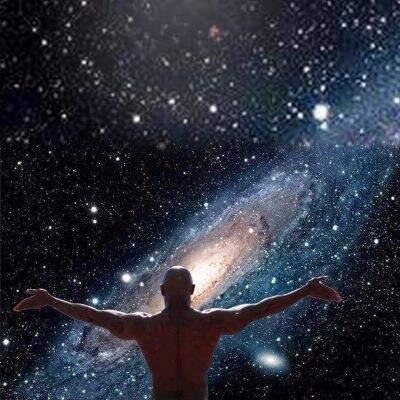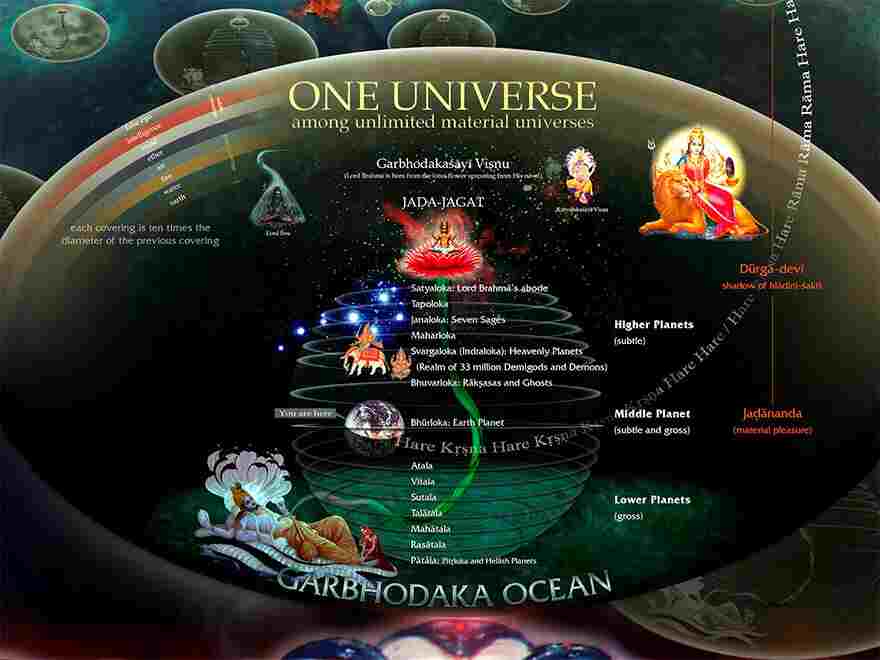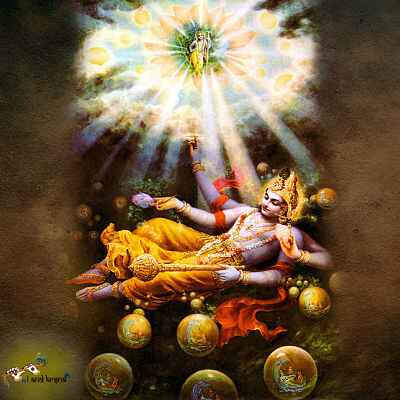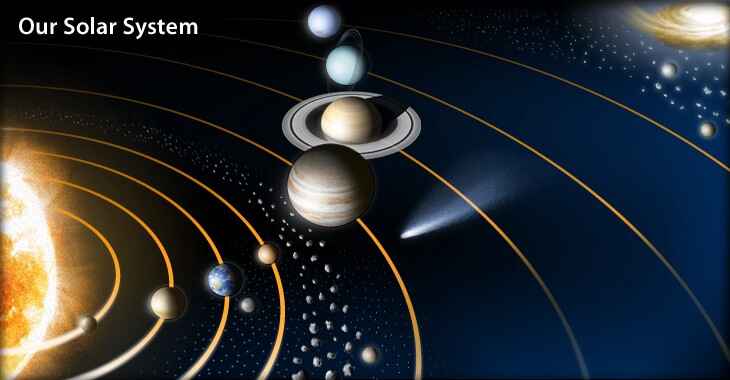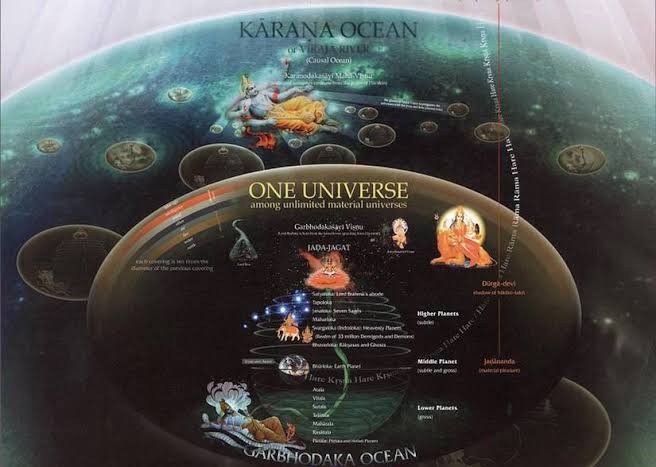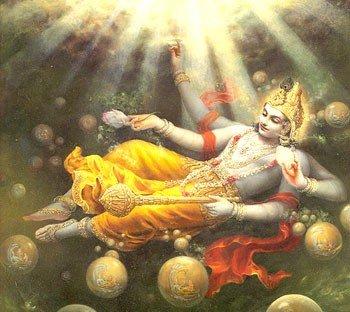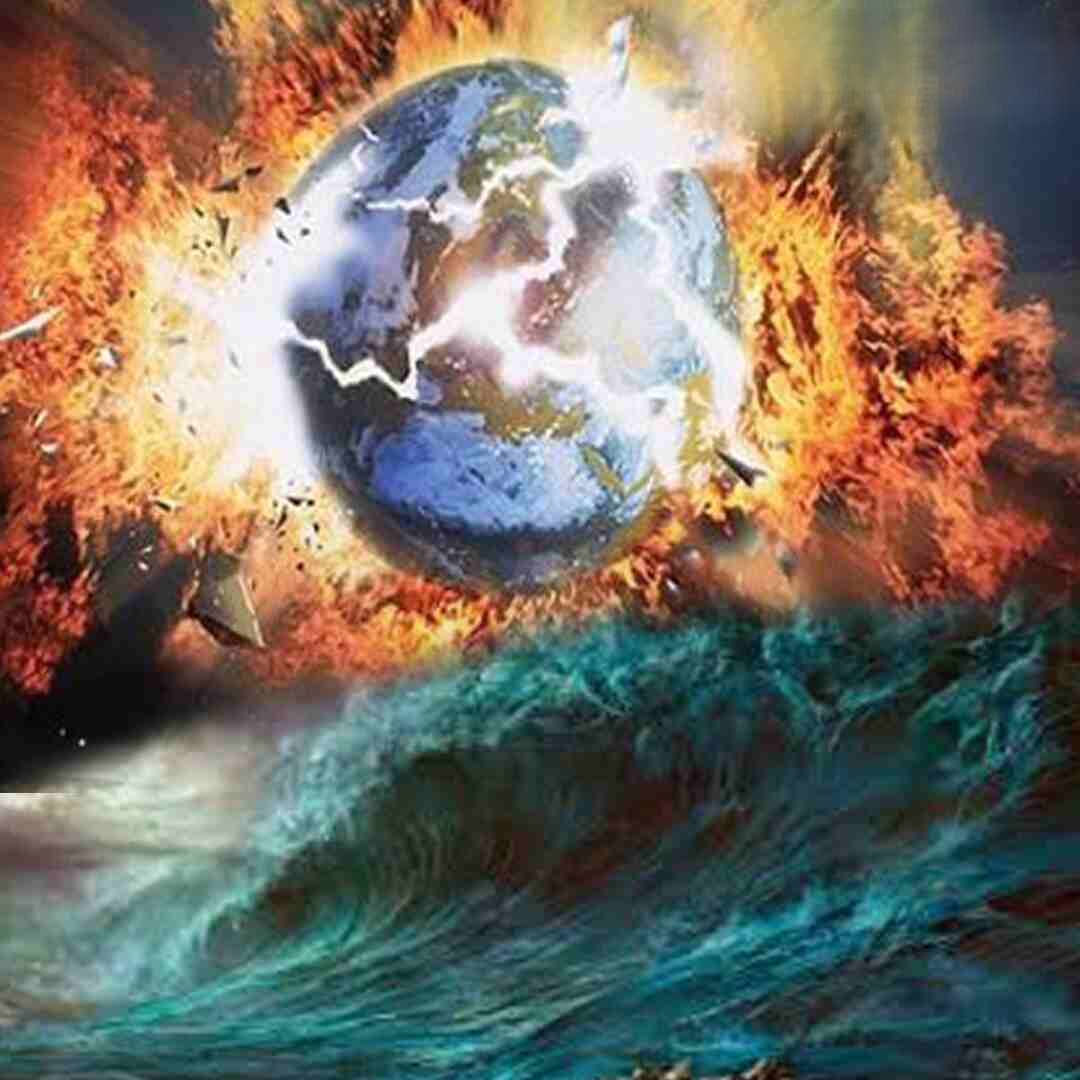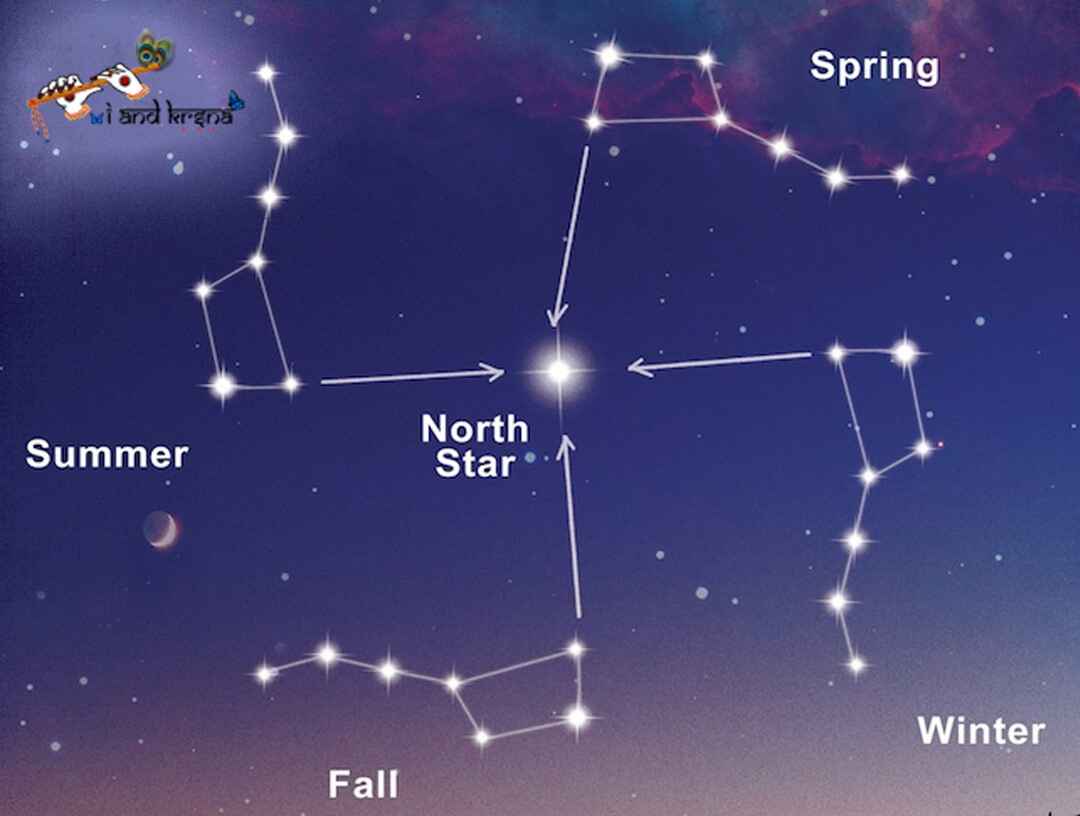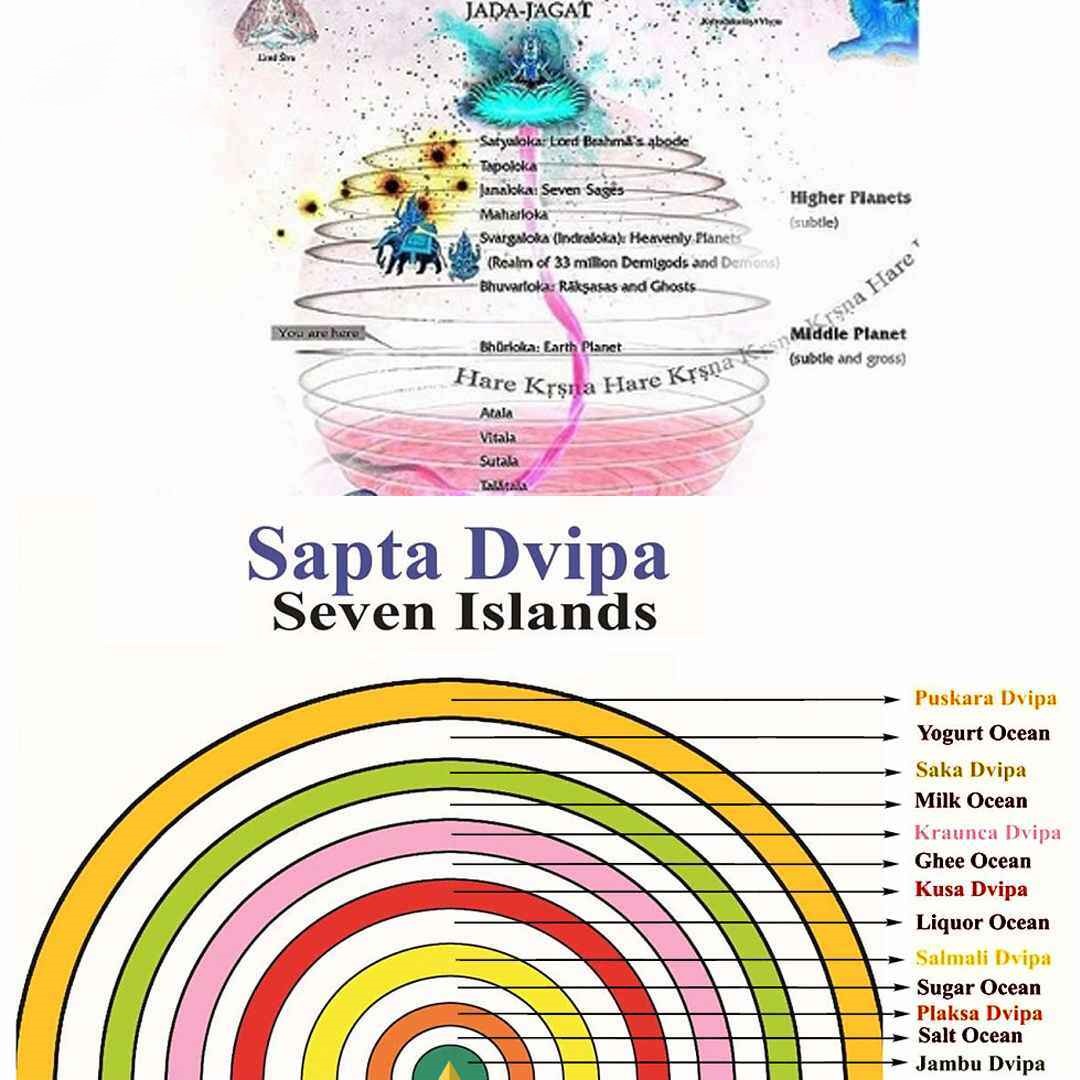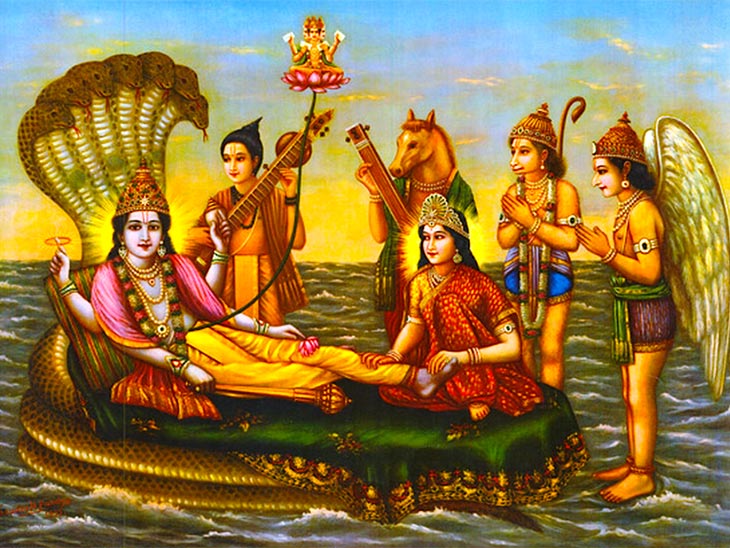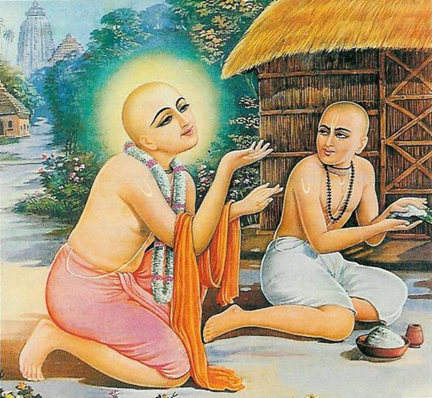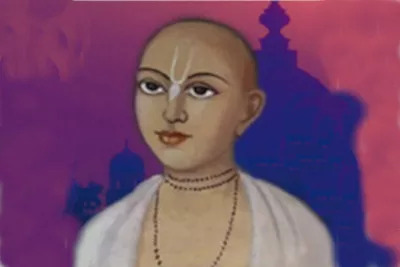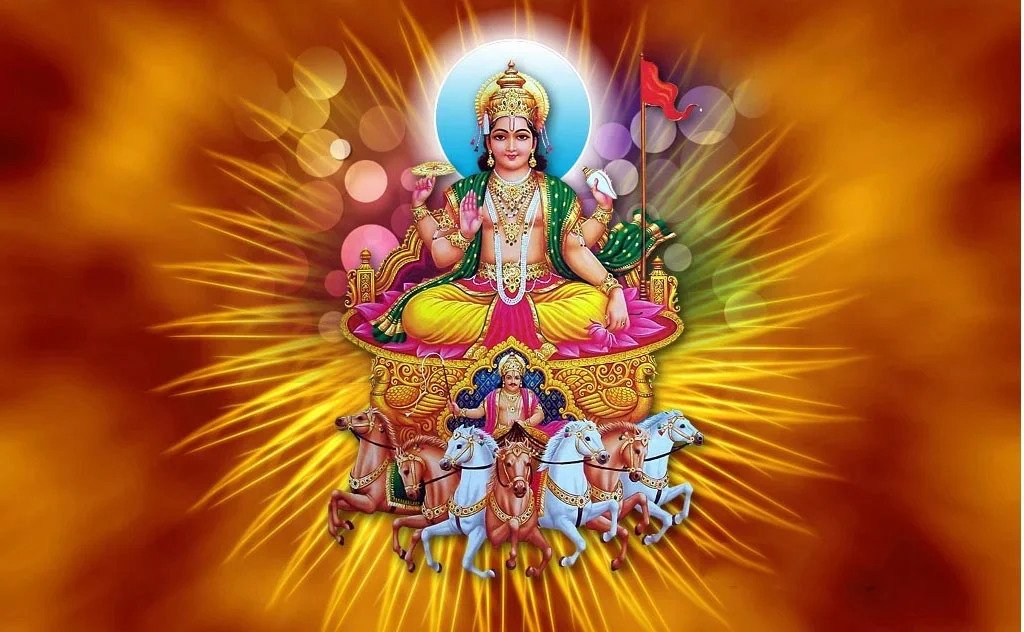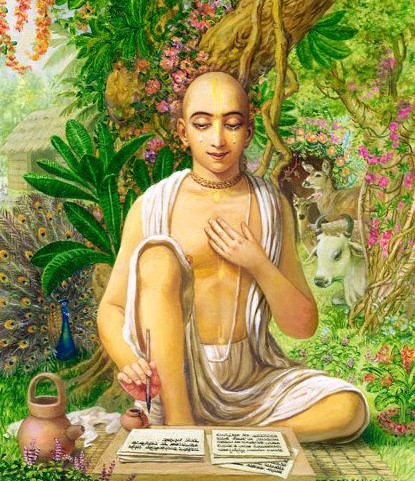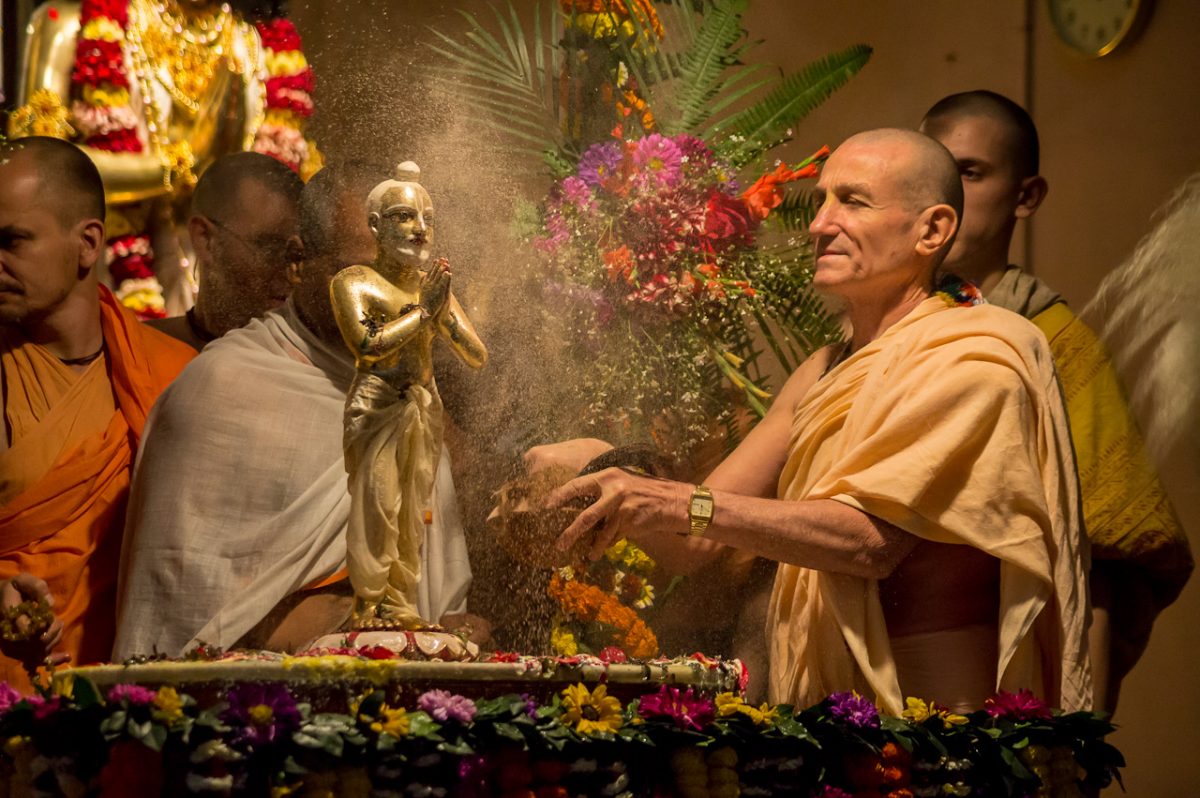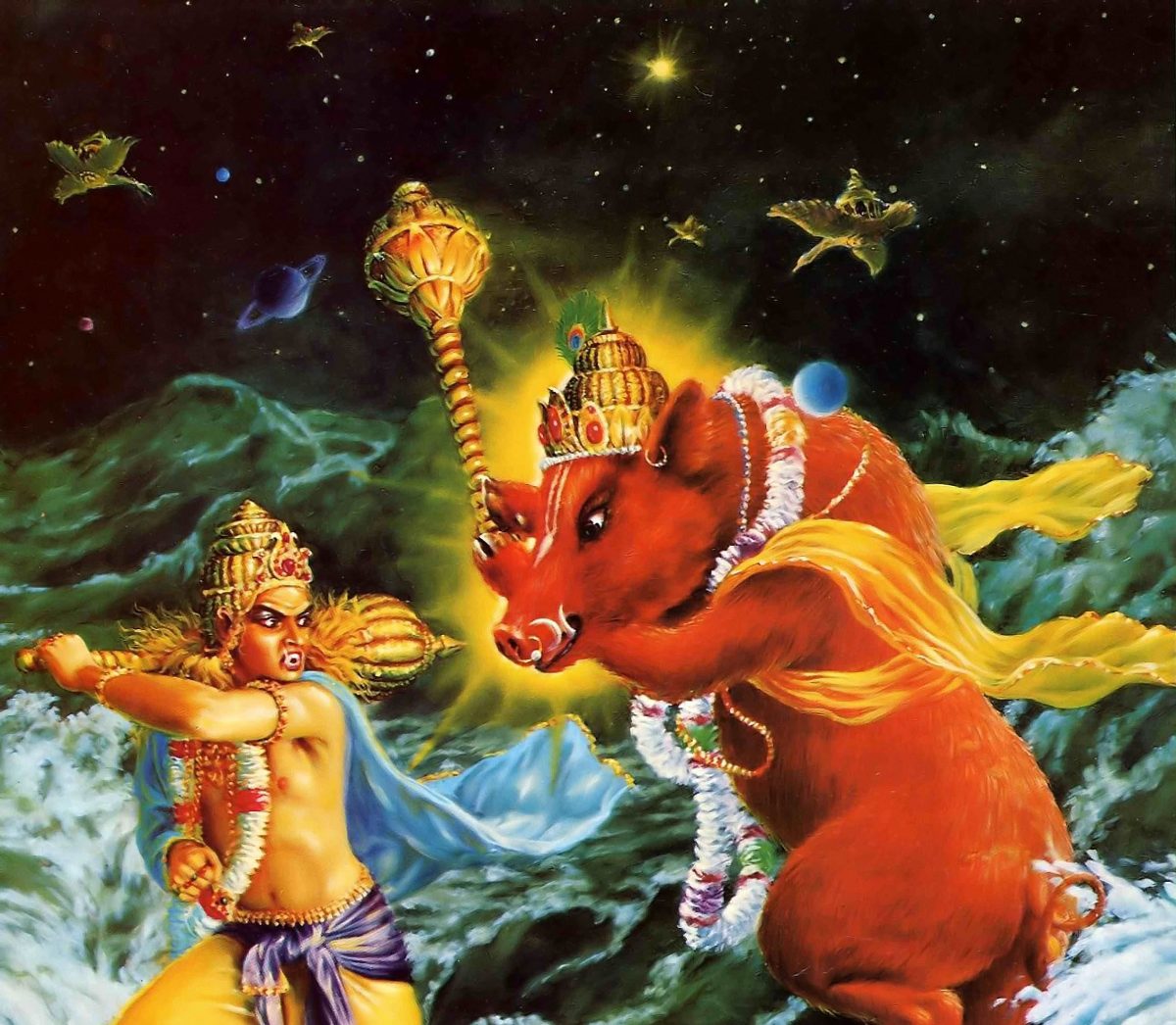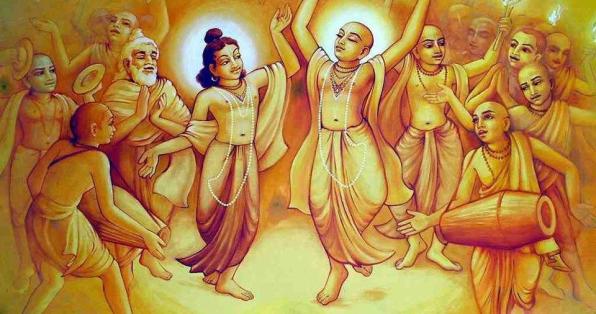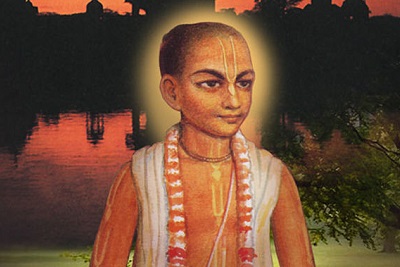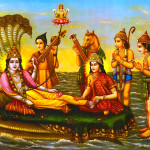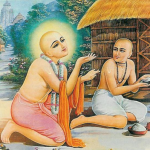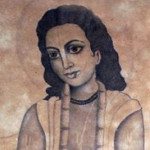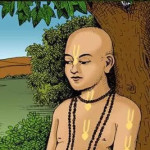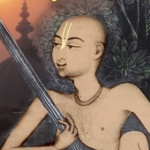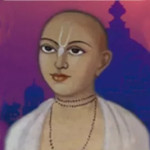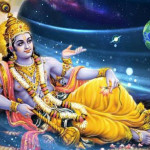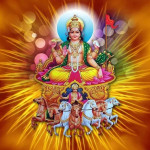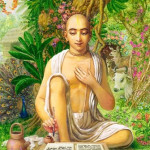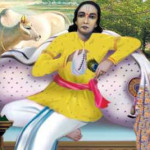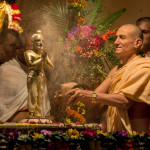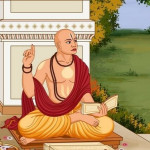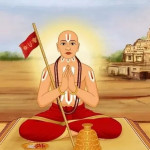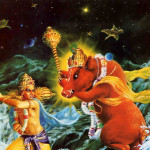Duration of life on other planets.
The partial dissolution of the universe that takes place at the end of Brahma’s day does not affect all the planetary systems. The planets of highly learned living entities like the sages Sanaka and Bhrgu are not affected by the dissolutions of the millenniums. All the planets are of different types, and each is controlled by a different Kala-chakra, or schedule of eternal time. The time of the earth planet is not applicable to other, more elevated planets.
The four millenniums are called the Satya, Treta, Dvapara and Kali yugas. The aggregate number of years of all of these combined is equal to twelve thousand years of the demigods. The years of the demigods are equal to 360 years of humankind. As will be clarified in the subsequent verses, 12,000 of the demigods’ years, including the transitional periods which are called yuga-sandhyas, comprise the total of the aforementioned four millenniums. Thus the aggregate of the above-mentioned four millenniums is 4,320,000 years. The duration of the Satya millennium equals 4,800 years of the years of the demigods; the duration of the Treta-Yuga is 3,600 years; the Dvapara millennium equals 2,400 years, and that of the Kali millennium is 1,200 years of the demigods. As aforementioned, one year of the demigods is equal to 360 years of human beings. The duration of the Satya-yuga is therefore 4,800 x 360, or 1,728,000 years. The duration of the Treta-Yuga is 3,600 x 360, or 1,296,000 years. The duration of the Dvapara-Yuga is 2,400 x 360, or 864,000 years. And the last, the Kali-yuga, is 1,200 x 360, or 432,000 years.
The transitional periods before and after every millennium, which are a few hundred years as aforementioned, are known as yuga-sandhyas, or the conjunctions of two millenniums, according to the expert astronomers. In those periods all kinds of religious activities are performed. In the Satya millennium, complete execution of religious principles prevailed. Gradually, the principles of religion decreased by one part in each of the subsequent millenniums. In other words, at present, there is one part of religion and three parts irreligion. Therefore people at this age are not very happy. Outside of the three planetary systems [Svarga, Martya, and Patala], the four yugas multiplied by one thousand comprise one day on the planet of Brahma. A similar period comprises a night of Brahma, in which the creator of the universe goes to sleep. When Brahma goes to sleep in his nighttime, the three planetary systems below Brahmaloka are all submerged in the water of devastation. In his sleeping condition, Brahma dreams about the Garbhodakasayi Viṣṇu and takes instruction from the Lord for the rehabilitation of the devastated area of space.
After the end of Brahma’s night, the creation of the three worlds begins again in the daytime of Brahma, and they continue to exist through the life durations of fourteen consecutive Manus, or fathers of mankind. At the end of the life of each Manu, there are shorter dissolutions also. The duration of life of a Manu comprises seventy-one sets of four millenniums, as described in the Viṣṇu Purana. The duration of life of one Manu is about 852,000 years in the calculation of the demigods, or, in the calculation of human beings, 306,720,000 years. After the dissolution of each and every Manu, the next Manu comes in order, along with his descendants, who rule over the different planets; but the seven famous sages, and demigods like Indra and their followers, such as the Gandharvas, all appear simultaneously with Manu. There are fourteen Manus in one day of Brahma, and each of them has different descendants. In the creation, during Brahma’s day, the three planetary systems–Svarga, Martya, and Patala–revolve, and the inhabitants, including the lower animals, human beings, demigods, and Pitas, appear and disappear in terms of their fruitive activities. In each and every change of Manu, the Supreme Personality of Godhead appears by manifesting His internal potency in different incarnations, as Manu and others. Thus He maintains the universe by discovered power. At the end of the day, the dissolution of the three worlds is effected by the incarnation of darkness, Rudra, represented by the fire of eternal time which blazes over the three worlds. These three worlds are known as Bhuh, Bhuvah, and Svah (Patala, Martya, and Svarga). The innumerable living entities merge into that dissolution, which appears to be the dropping of the curtain of the scene of the Supreme Lord’s energy, and so everything becomes silent. It is understood that the glare of the sun and moon disappear from the sphere of the three worlds, but the sun and the moon themselves do not vanish. They appear in the remaining portion of the universe, which is beyond the sphere of the three worlds. The portion in dissolution remains without sunrays or Moonglow. It all remains dark and full of water, and there are indefatigable winds. The devastation takes place due to the fire emanating from the mouth of Sankarsana, and thus great sages like Bhrgu and other inhabitants of Maharloka transport themselves to Janaloka, being distressed by the warmth of the blazing fire which rages through the three worlds below. It is said that the blazing fire from the mouth of Sankarsana rages for one hundred years of the demigods, or 36,000 human years. Then for another 36,000 years, there are torrents of rain, accompanied by violent winds and waves, and the seas and oceans overflow. These reactions of worlds. People forget all these devastations of the worlds and think themselves happy in the material progress of civilization. This is called Maya, or “that which is not.” Every living being lives for one hundred years in terms of the times in different planets for different entities. These one hundred years of life are not equal in every case. The longest duration of one hundred years belongs to Brahma, but although the life of Brahma is very long, it expires in the course of time. Brahma is also afraid of his death, and thus he performs devotional service to the Lord, just to release himself from the clutches of illusory energy. Animals, of course, have no sense of responsibility, but even humans, who have developed a sense of responsibility, while away their valuable time without engaging in devotional service to the Lord; they live merrily, unafraid of impending death. This is the madness of human society. The madman has no responsibility in life. Similarly, a human being who does not develop a sense of responsibility before he dies is no better than the madman who tries to enjoy material life very happily without concern for the future. It is necessary that every human being be responsible in preparing himself for the next life, even if he has a duration of life like that of Brahma, the greatest of all living creatures within the universe.
Source: A.C. Bhaktivedanta Swami Prabhupada (2014 edition), “Srimad Bhagavatam”, Third Canto, Chapter 11 – Text 16-33


